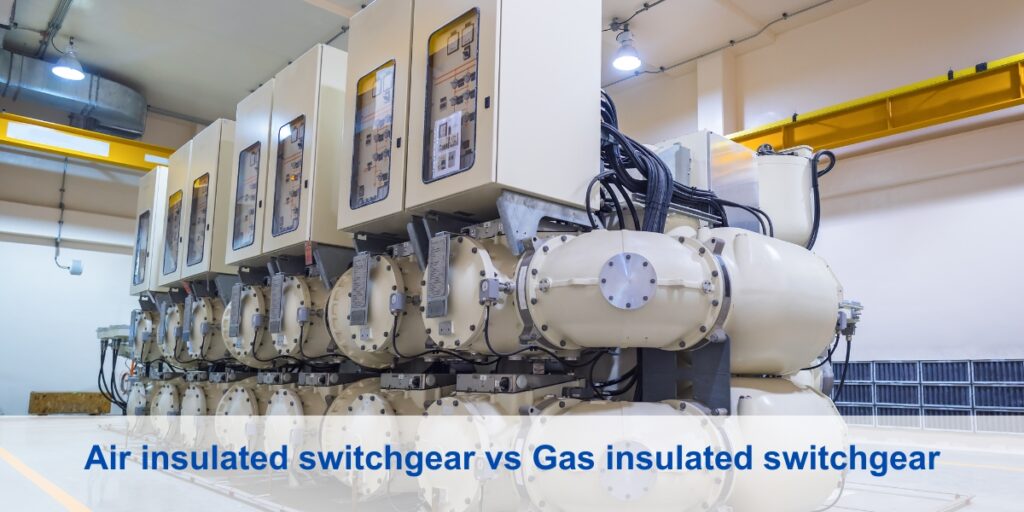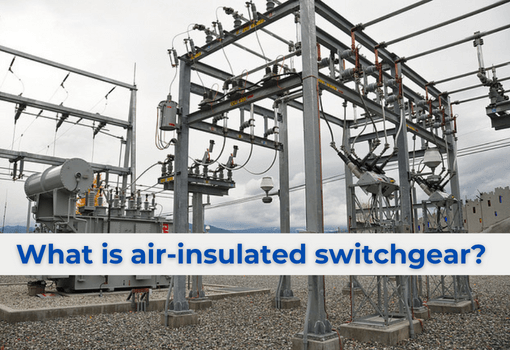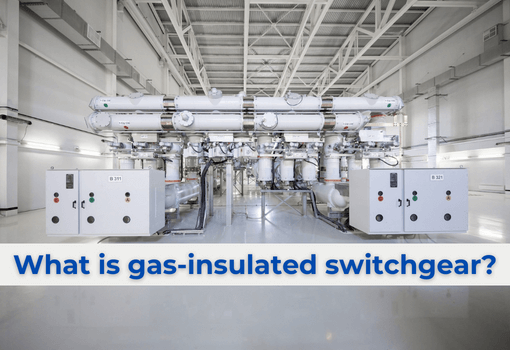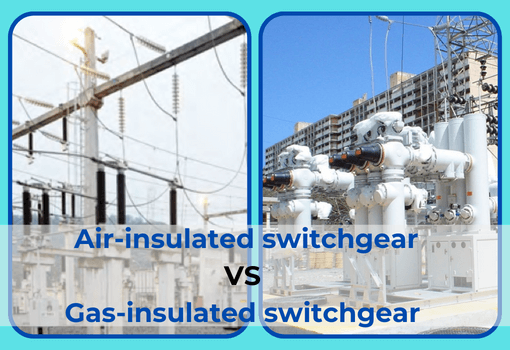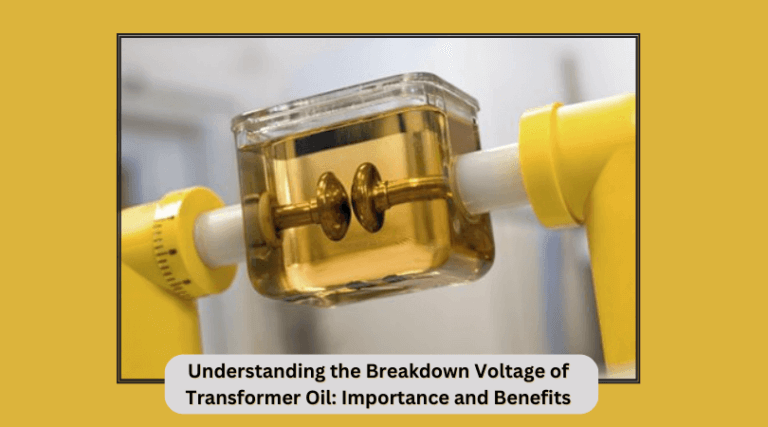
Breakdown Voltage Of Transformer Oil
To understand the “Breakdown Voltage” (BDV) of transformer oil, we first need to get introduced to dielectric strength. Dielectric strength is defined as the ability of the oil to withstand electrical stress without breaking down. Here, breaking down refers to the failure of insulating properties.
Now, let us move on to our main question and try to understand the BDV of transformer oil.
What is BDV test of transformer oil
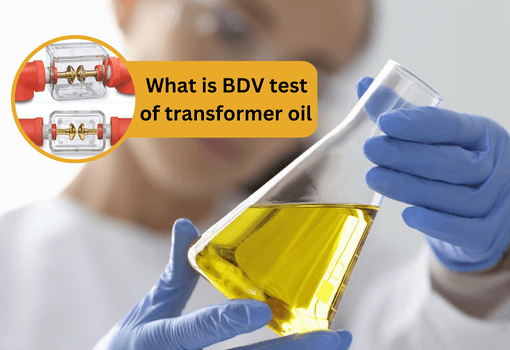
Oil stored in drums loses its dielectric strength and must be tested and treated before use in electrical equipment. The breakdown voltage test of transformer oil is crucial for the smooth operation of the transformer.
A periodical BDV testing of the transformer oil ensures the quality and healthiness of the transformer oil. Breakdown voltage is determined by observing the voltage at which a specific gap separates sparking strands between two electrodes immersed in oil.
A low BDV value indicates that the oil contains moisture and conducting substances. As per the International Electrotechnical Commission (IEC), the minimum BDV value of transformer oil should be 30 kV.
https://www.high-endrolex.com/15
Factors affecting the BDV value of transformer oil

- Water is the most prevalent contaminant in transformer oil. Moisture transports charge carriers, reducing the dielectric strength of the oil.
- Acids, for example, are aging byproducts that deliver charge carriers via dissociation. They are also surface-active, which reduces surface tension. As a result, they promote bubble evolution as dielectric strength decreases.
- Bubble evolution is also influenced by pressure. The breakdown voltage rises as the pressure rises. The breakdown voltage should decrease at pressures lower than atmospheric pressure.
- Dry cellulose fibre particles lower the breakdown voltage by promoting bubble formation.
Benefits of Regular BDV Testing of Transformer Oil
The Breakdown Voltage is the primary indicator of the health of the oil. It is a popular and important transformer oil test because it:
- helps determine the essential electrical properties of transformer oil
- determines whether a specific oil is suitable for future use.
- Informs whether filtration or regeneration is required.
- help reduce oil costs and increase component life
- prevent failures and maximize safety
- Preventing equipment fires
- Maintaining transformer reliability
Difference between breakdown voltage and rated voltage
The breakdown voltage refers to the limit voltage of the capacitor; above this voltage, the dielectric in the capacitor will fail. The rated voltage is the voltage that the capacitor can withstand over time and is less than the breakdown voltage.
Capacitors function properly at rated voltage and safely at voltages no higher than the breakdown voltage.
Conclusion
The breakdown voltage is the voltage at which the dielectric fails. It indicates the health of the transformer oil. Overall, the breakdown voltage of transformer oil is important because it allows the transformer to operate smoothly and prevent failures.
BDV results are better in dry and clean oil than with moisture and other conducting impurities.



